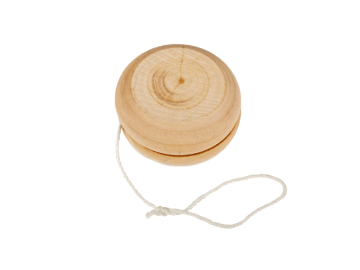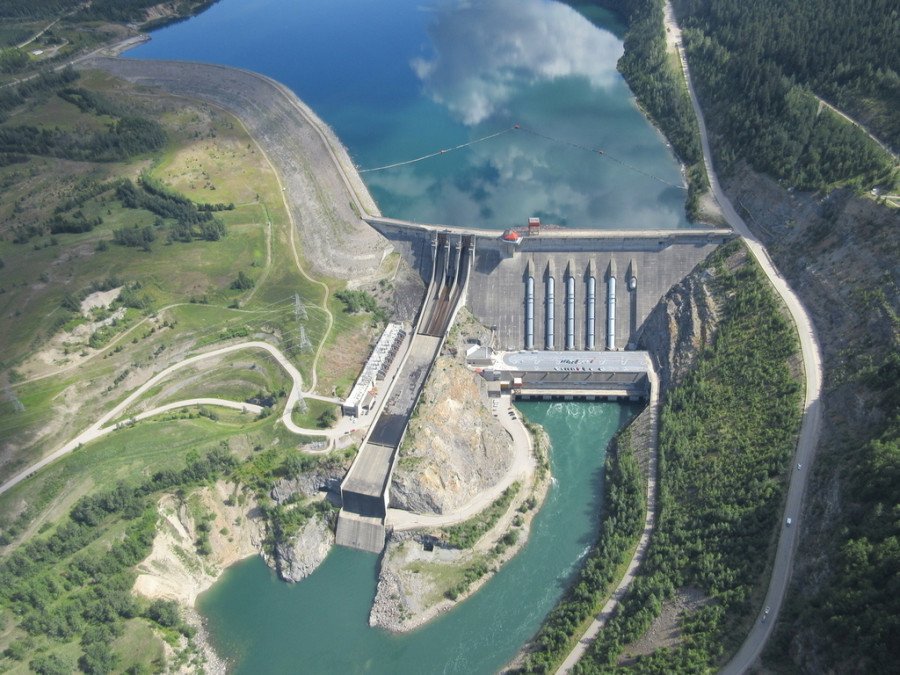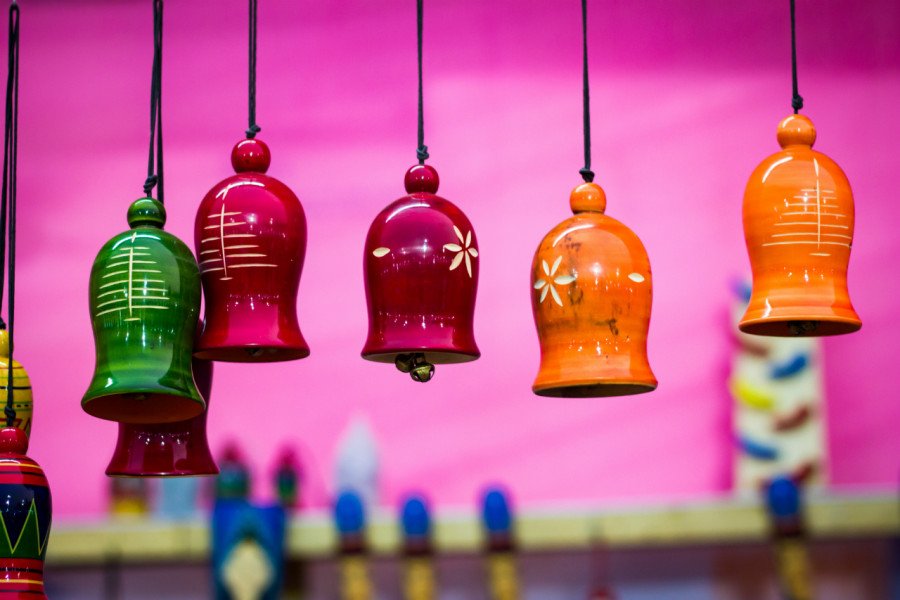Devices that transform energy
Explore devices that transform energy with a video, a show and tell presentation, and a creative hands-on activity that builds a chain reaction machine.
- Grade 4
- 4 activities
- 2.6 hours

Big idea
Energy can be transformed.
Learning objectives
Students will be able to:
- Provide examples of energy inputs and outputs
- Explain the law of conservation of energy
- Identify energy transformations in a variety of devices
- Describe energy transformations involved in hydroelectricity
- Apply their understanding of energy transformations through the creation of a complex machine
Activities
BC curriculum fit
Grade 4 Science
Content
- Energy has various forms and is conserved
- Devices that transform energy
Curricular competencies
Questioning and predicting
- Observe objects in familiar contexts
- Identify questions about familiar objects and events that can be investigated scientifically
Planning and conducting
- Suggest ways to plan and conduct an inquiry to find answers to their questions
Processing and analyzing data and information
- Sort and classify data and information using drawings or provided tables
- Use tables, simple bar graphs or other formats to represent data and show simple patterns and trends
Applying and innovating
- Co-operatively design projects
- Transfer and apply learning to new situations
Communicating
- Communicate ideas and findings in a variety of ways
Grade 4 Applied Design, Skills and Technologies
Curricular competencies
Defining
- Identify the main objective for the design
Ideating
- Generate potential ideas and add to others’ ideas
- Choose an idea to pursue
Prototyping
- Construct a first version of the product, making changes as needed
Testing
- Test the product
- Make changes and test again
Making
- Construct the final product
Sharing
- Demonstrate their product and describe their process
Assessments
The activities in this unit provide an opportunity to assess students on their ability to:
- Generate questions about energy transformations.
- Demonstrate knowledge and understanding of devices that transform energy, the law of conservation of energy and energy inputs and outputs.
- Participate and work cooperatively in small groups and as a whole class, using active listening and clear communication.
- Represent and share their learning in a variety of ways.
Background info
What is energy?
Energy is the ability or capacity to do work. Energy makes change possible. It is the power or ability to make things happen.
Forms of energy
Energy is all around us. The 10 forms of energy are listed below:
- Electrical energy is produced by the flow of an electric charge. We see or hear the result of this energy as something that turns on, lights up or gets warmer.
- Light energy travels in waves and is visible to us. Light energy is produced by sources such as the sun, fire or light bulbs.
- Sound energy is produced by vibrating objects and travels as sound waves. We hear sound energy in music, birds singing or a fireworks display.
- Thermal (heat) energy is produced by a number of sources such as the sun, a campfire and the oven. We feel this energy as warmth.
- Nuclear energy is stored in the nucleus of an atom and can be released when a heavy nucleus is split into two lighter nuclei (fission) or when two light nuclei join together into one bigger nucleus (fusion). The sun generates its energy through nuclear fusion. This energy can also be released to generate electricity.
- Elastic energy is stored in objects that can be stretched or compressed. We feel the tension when things bounce or are stretched.
- Chemical energy is stored in the bonds of molecules. Chemical energy can be found in food, a battery, gasoline and wood. When the energy is released it transforms into another form of energy. The chemical energy in a battery can be transformed into light energy in a flashlight.
- Magnetic energy is stored within a magnetic field and causes metals to attract or repel each other.
- Kinetic energy is the energy of motion. We can see this energy as things move and change position such as a skateboarder, a skier going downhill or a person walking.
- Gravitational energy is stored in an object due to its height and is caused by the pull of gravity. We see the result of this energy when something falls or feel it when we are jumping off a diving board.
The law of conservation of energy
The law of conservation of energy states that energy cannot be created or destroyed but can be changed. When something happens, energy is transformed from one form to another. The energy input is the energy that goes into an object or system and the energy output is the energy that comes out. For example, electrical energy is the energy input to a lamp and light energy is the output. Depending on the lightbulb used, thermal/heat energy may also be an energy output.
The hydroelectric system
Many energy transformations are involved in hydroelectric systems.
The story of hydroelectricity starts in nature with the water cycle. Snow falls in winter where it collects in high-alpine glaciers and creates a dense, thick snowpack. In the spring, this snowpack melts and the run-off makes its way down the mountain and into streams and rivers. Water collects in reservoirs behind dams.
When water in a hydro reservoir is released it flows through large pipes, called penstocks, to turbines, which are like wheels with blades. In a dam, turbines rotate when fast-moving water hits the blades. The turbines turn generators.
Inside the generator, magnets spin past coils of copper wire, causing electrons to move and converting the mechanical energy of the falling water to electrical energy.
Rube Goldberg
Rube Goldberg (1883-1970) was an American cartoonist, inventor and engineer who drew complex machines that were used to complete simple tasks. These complex machines include different forms of energy and energy transformations. There are many online examples of Rube Goldberg devices in action.
Energy inputs and outputs
The law of conservation of energy states that energy cannot be created or destroyed but can be changed. When something happens, energy is transformed from one form to another. Energy input is the energy that goes into an object or system and the energy output is the energy that comes out. For example, electrical energy is the energy input to a lamp and light energy is the output. Depending on the light bulb used, thermal/heat energy may also be an energy output.





